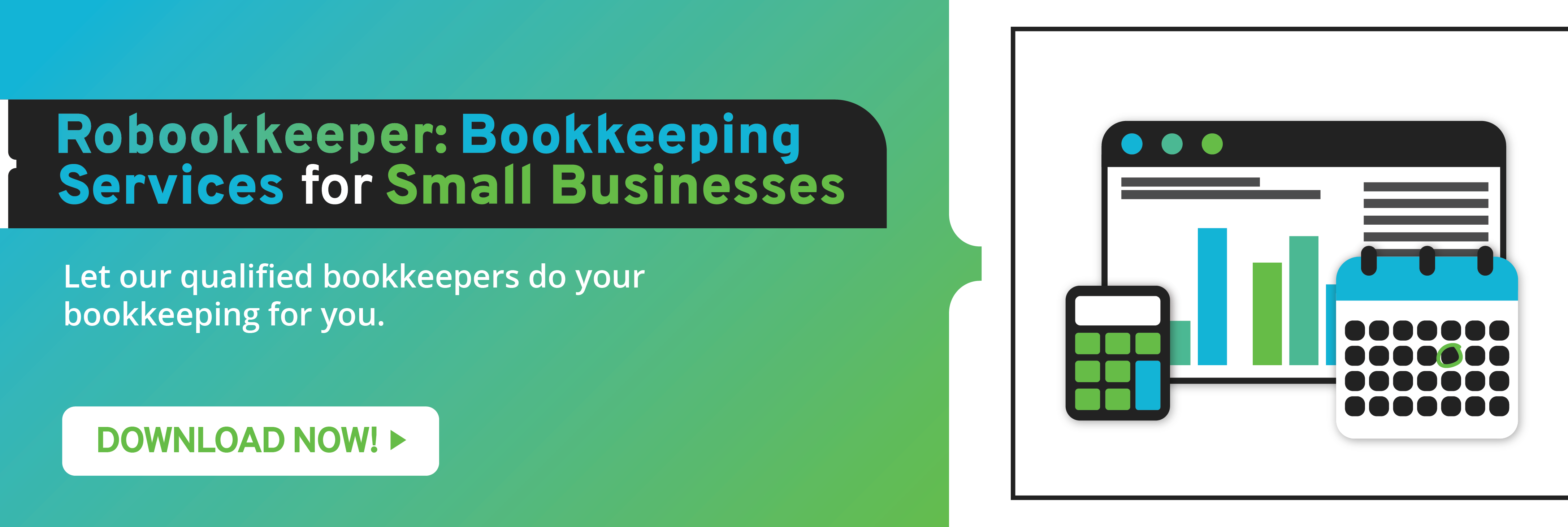A successful product is a balance between the wants, needs and specifications of a development team and users. Your small business’ product development strategy should gather feedback and data from the design team and your target customers. Start by concentrating on the needs and pain points of your target market. This allows you to include features they need and want, and improves customer experience and satisfaction. The team tasked to develop will then incorporate the data and feedback you get into the product you want to launch.
These are some of the ways you can use data for your product development strategy.
Collect Data Responsibly
Before you start product development, you need to collect data from your customers. Implement data collection best practices so that both sides can benefit. Explicitly tell your customers that you will use their data. Don’t use their data beyond what they’ve agreed upon. This develops trust between you and your customers. Protect the data given to you by investing in first-rate security technology.
Determine the Needs of Your Customers
You might already be gathering data when you use certain social media platforms such as LinkedIn or Facebook for your small business. These platforms are a gold mine for information about your customers. You’ll know their demographics such as gender, age, likes, and location just to name a few. However, numbers don’t give you the whole picture. It helps to conduct face-to-face meetings or focus group discussions, if you have the budget for them.
Directly communicating with your customers allow you to create a successful product development strategy. The dynamics of face-to-face communication is different compared to a phone call or email. You’ll get to ask follow-up questions and discuss customers’ needs and wants thoroughly.
Customer-Centric Experience
Identifying the needs of your customers allows you to relate to their experiences. Use this insight to improve the experience of each customer that buys your products or uses your services. The data you gather through the analytics of your website and social media accounts enable you to identify which contact points are effective, which pages get the most traffic, and the type of content your target audience consumes. Use the information collected to improve site navigation, reduce download speed, and add payment options or other features that enhance customer experience whether they’re browsing your website or your social media profiles.
Cultivate a Culture of Experimentation
Data doesn’t guarantee a successful product. In some cases, you still have to experiment to identify the right mix of features and design that will delight your target audience. A culture of experimentation in your small business cultivates creativity and fearlessness in your staff. They’ll be willing to take risks in the way they analyze and interpret the data your company collects. They’ll use this data to experiment with different product features until they find a mix that provides value to your target customers.
Synchronized Strategy and Implementation
Synch your objectives with the rest of your team. Communicate your product development plans with all your employees. Discuss the methods of data collection, interpretation and implementation. Talk about the needs of customers and their experiences whenever they interact with your brand. This approach puts everyone on the same page. It allows them to focus on their tasks and finish the different phases of each project on time.
A data-driven product development strategy is possible using the above-mentioned practices. This approach allows you to provide your customers with value.
We at Robookkeeper can be your outsourced bookkeeping partner. We can update your accounting books for you while you focus on growing your small business. We offer bookkeeping services for small business owners.



